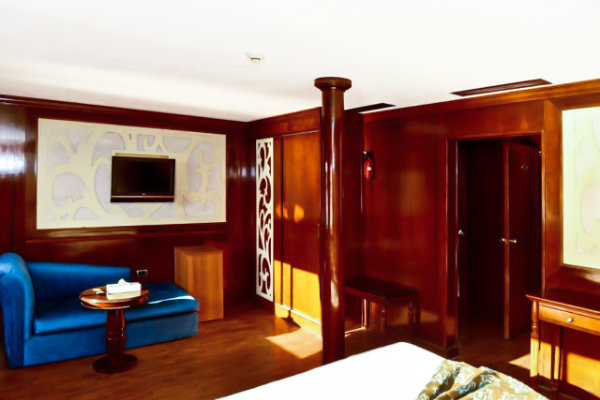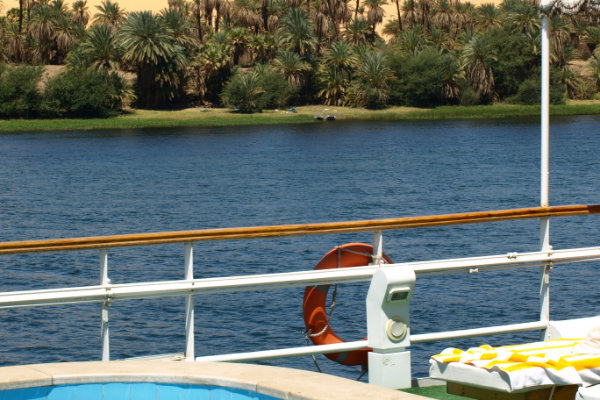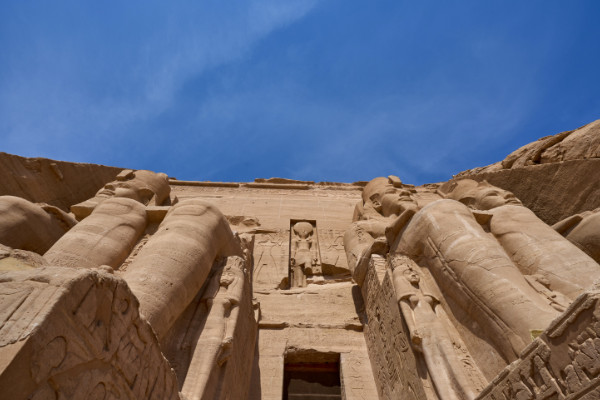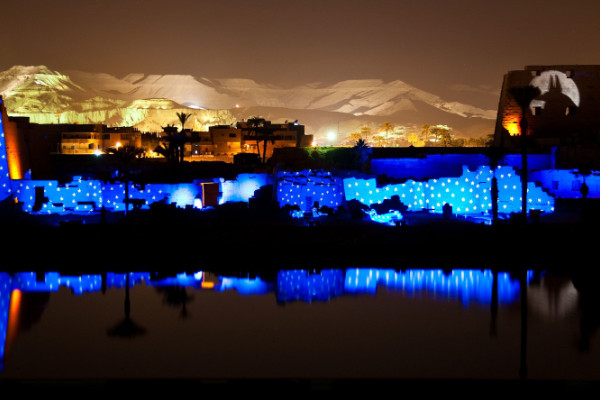Karma Karnak, Luxor, Egypt
Experience… A magical cruise on the Nile
An enchanting Nile adventure awaits you, with Karma Group’s first river cruise experience – Karma Karnak. Your Egyptian encounter begins in Luxor, sailing up the Nile for four nights to Aswan, then back down the river for three nights to Luxor. The specially-curated itinerary, onboard Karma Karnak and on dry land along the Nile’s banks, includes plenty of unique excursions and activities.
















































